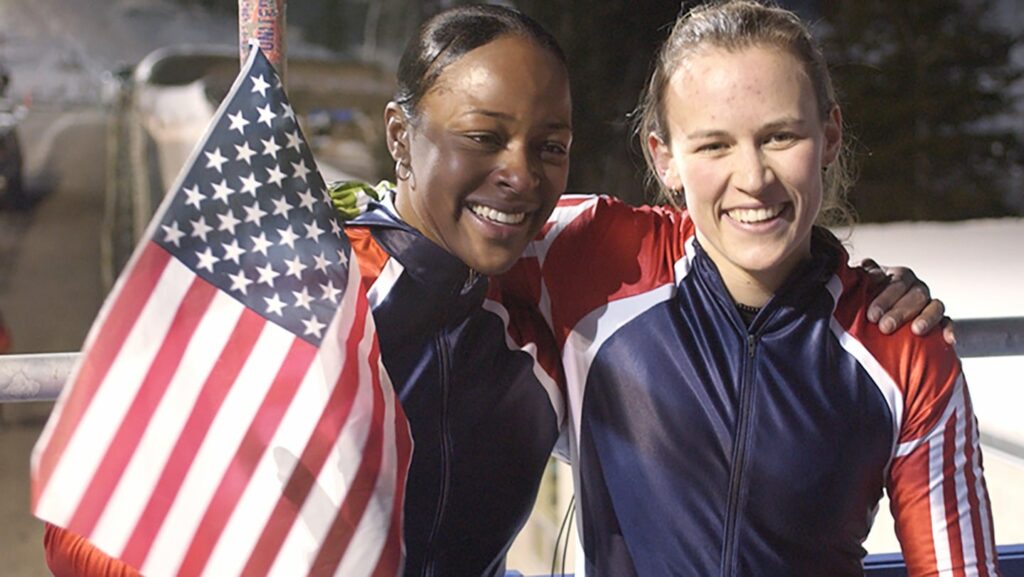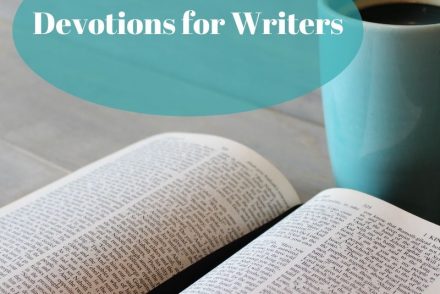Last month I told you about how you can gather high profile endorsements for your book proposal. Check this link if you haven’t read it. In this article I want to give you a detailed example of how to get a high-profile endorsement.
A while ago, I was honored to work as the writer with Vonetta Flowers on her first-person story, Running on Ice. Vonetta was the first African American to win a gold medal in the Winter Olympics (2002 women’s bobsled). In an interview with her coach, he gave me a terrific quotation from Bob Costas at NBC Sports in his wrap-up of the 2002 Winter Games in Salt Lake. I wondered if I could get a printed endorsement from Costas. From experience, I knew how to give this endorsement its best possible chance.
To my surprise, a few hours later I received a brief email from the manager saying, “Terry Whalin, I know that name. We’ll get back to you.” I thought, Know my name. Who knows my name? Within the next day, the manager fulfilled her promise and came back with the revised wording on the endorsement, plus permission to use it. My publisher was thrilled to have such an endorsement to use in the publicity for Running on Ice. Here’s the endorsement from Bob Costas at NBC Sports:

First, I drafted a possible quote or endorsement and made it tied in a general way to my book manuscript. My real challenge was to reach Bob Costas. I searched the Internet, but my search was futile. Then I called the newsroom of NBC in New York City and explained my request and my credentials (I touted my journalism credentials). Whoever answered the phone gave me the email address for Costas’ manager. I drafted an email of introduction explaining my request for an endorsement—including the possible wording, hit send and waited.
“One of the best stories of the 2002 Winter Olympic Games in Salt Lake came in women’s bobsled. Vonetta Flowers and her partner, Jill Bakken, won the Gold Medal. Vonetta thus became the first African American to win a Gold Medal in the Winter Games. In Running on Ice, Vonetta tells the story behind her achievement. To finish first and be the first, that’s Vonetta’s singular distinction.”
Everyone has to determine at what point to put their energy into endorsements.
It might be at the end of the project right before publication—or before you even get a contract.
Why? One reason is the sheer work involved in gathering them. Few people want to expend this sort of effort for their books, wondering if the effort is worth it. I’ve been publishing long enough to know that some books sell better with endorsements. Book buyers will look at a book in a bookstore or on a conference table and make an instant buying decision. Sometimes they purchase the book because of the endorsement. The endorsements or foreword for the book can also influence the store buyers (the people who make decisions whether to carry your title in their stores or chain of stores).
A longer endorsement is called a foreword. Note the spelling of foreword, which is one of the most misspelled words in publishing—not forward. In general, a foreword is like a short magazine article or about 1,000 to 1,500 words. I’ve drafted forewords for a number of well-known people. Why? Because it is easier for the personality to adjust or edit what you have written than to create it themselves. If you put in the work to send a “draft” foreword and it sounds like the person, then you are more likely to get a “yes” or acceptance from this person.
Consider the audience who will influence the purchase of this book—which names saying positive things about the book will draw the reader to your book. I understand why some authors don’t bother with endorsements—because they do take more work and effort. I know from working in the publishing business, however, that endorsements can make the difference as to whether a publisher takes your nonfiction or fiction book proposal and offers you a book contract. I recommend that you consider how you can get endorsements for your proposal.
I encourage you to put the effort into gathering endorsements.
The first step is to create a list of potential endorsers. As you write this list, dream big and list celebrities, bestselling authors, sports figures, businesspeople and pop culture. Select people who will be connected to the topic or subject of your book. Then begin your research process to pitch them. Create a short paragraph pitch and offer or even include a draft endorsement. Finally, be persistent in taking action and working on these endorsements.
Every day books are sold and purchased because of an endorsement on the cover or back cover of a book. As an author who takes action, you can get these endorsements for your book. It will take a measure of persistence to get them, but they will help you in many different ways.

W. Terry Whalin, a writer and acquisitions editor lives in California. A former magazine editor and former literary agent, Terry is an acquisitions editor at Morgan James Publishing. He has written more than 60 nonfiction books including Jumpstart Your Publishing Dreams and Billy Graham. To help writers catch the attention of editors and agents, Terry wrote his bestselling Book Proposals That $ell, 21 Secrets To Speed Your Success. Get a free copy of his proposal book (follow the link). Check out his free Ebook, Platform Building Ideas for Every Author. His website is located at: www.terrywhalin.com. Connect with Terry on Twitter, Facebook, his blog and LinkedIn.





No Comments